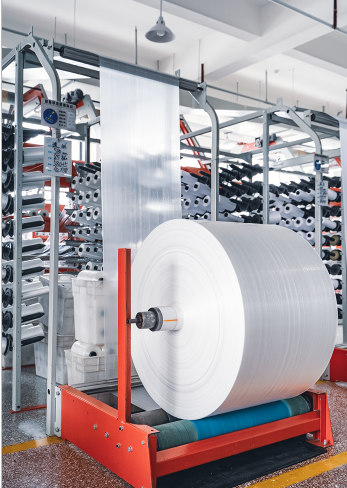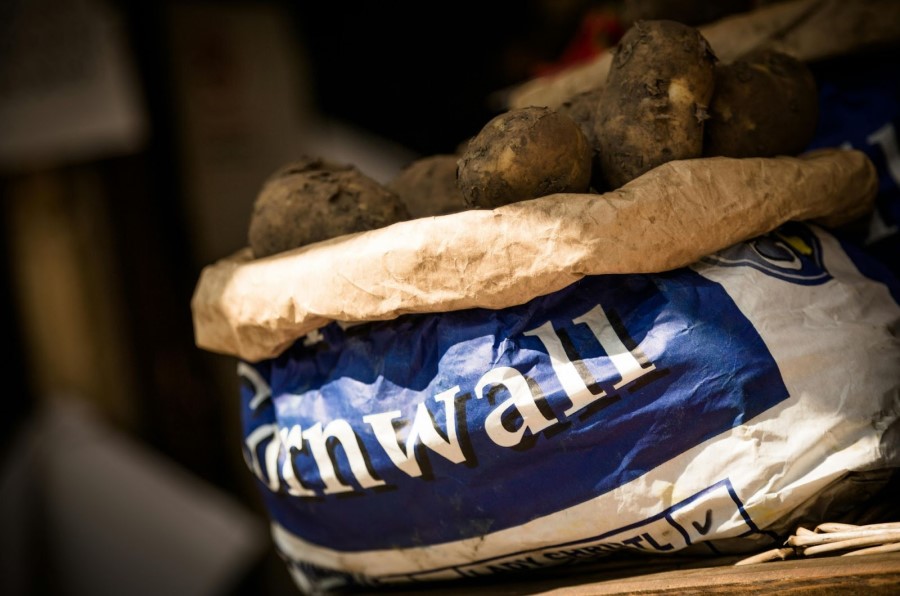
Polypropylene bags are generally safe to use.
This reusable bag meets stringent safety standards for various applications.
However, caution is advised regarding potential toxin release when exposed to high temperatures, and they should be kept away from open flames due to their flammability.
In this blog, we will explore a few important aspects of this bag, such as the following:
The primary raw material used in manufacturing polypropylene bags is polypropylene resin.
This is a thermoplastic polymer known for its durability, flexibility, and resistance to moisture and chemicals.
Additives such as stabilizers, antioxidants, and UV inhibitors may be incorporated into the polypropylene resin to enhance its properties and performance in specific applications.
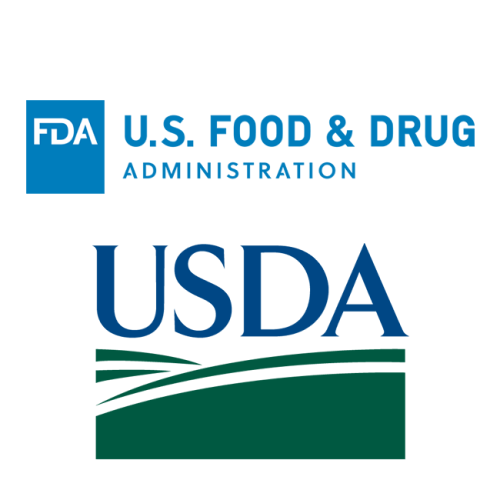
The Food & Drug Administration (FDA) and the United States Department of Agriculture (USDA) meticulously examine chemicals and materials to ensure safety for consumers.
Polypropylene bags undergo rigorous testing to determine if they are safe and suitable for food packaging, qualifying them as “food-grade.”
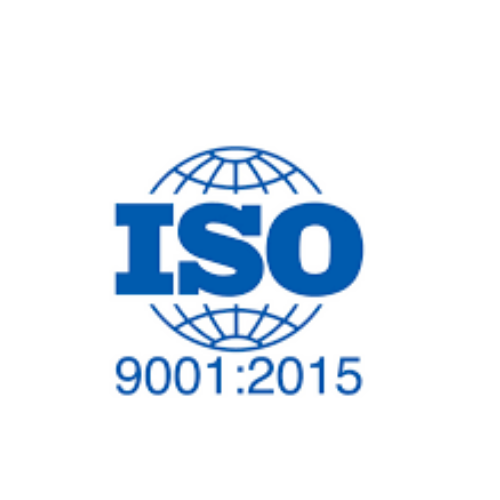
The ISO 9001 certification establishes a quality management model to ensure high-quality products and services consistently.
Plastic bag manufacturers aiming for food-grade status must adhere to ISO 9001 standards, demonstrating their commitment to superior quality standards in their manufacturing processes.

The Food Safety System Certification (FSSC 22000) provides stringent food safety standards, developed by the Global Food Safety Initiative.
It ensures the safety of food-grade plastic throughout the entire food product lifecycle, from production to purchase, complementing ISO standards for enhanced safety and quality.
Polypropylene bags pose minimal risk to human health when used properly.
However, concerns arise regarding potential toxin release during exposure to high temperatures.
To mitigate risks, it’s advisable to avoid heating food directly in polypropylene bags and to adhere to recommended usage guidelines.
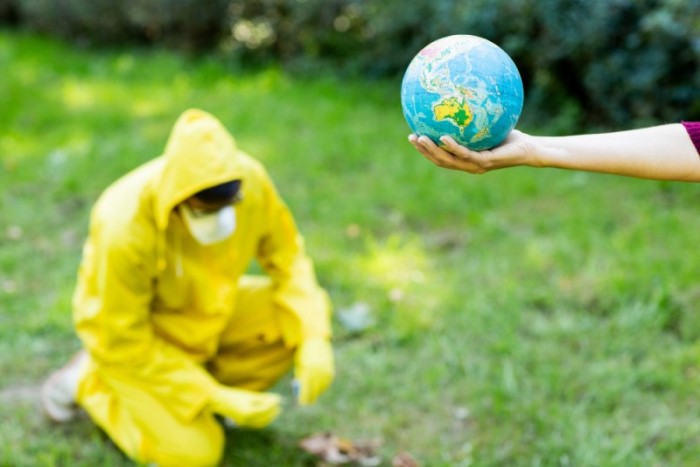
Polypropylene bags are not biodegradable but recyclable, contributing to environmental sustainability when properly managed.
However, their recycling rate is lower than desired due to challenges in the recycling process.
Implementing recycling programs and encouraging responsible disposal practices can help minimize their environmental impact.
Polypropylene (PP) bags have been studied extensively for their environmental impact, with research indicating that they offer several advantages over paper products in terms of resource use, energy consumption, and greenhouse gas emissions.
A study found that plastic bags, including PP bags, have a lower environmental footprint compared to paper bags when considering factors such as manufacturing, transportation, and end-of-life disposal.
The study concluded that plastic bags generally require less energy and water to produce and generate fewer greenhouse gas emissions throughout their lifecycle, making them a more environmentally preferable option in many cases.
To ensure safe use of polypropylene bags, follow these recommendations:
1. Avoid heating food directly in polypropylene bags to prevent potential toxin release.
2. Store food in polypropylene bags at safe temperatures to maintain food quality and safety.
3. Dispose of used polypropylene bags responsibly by recycling or proper disposal methods to minimize environmental impact.
Polyethylene (PE) bags are made from ethylene monomers and are known for their flexibility and versatility. They are commonly used for lightweight applications such as grocery bags and food packaging.
Polypropylene (PP) bags, on the other hand, are made from propylene monomers and are known for their durability and resistance to moisture and chemicals. They are often used for heavier-duty applications such as industrial packaging and woven bags.
Both PE and PP bags are considered safe for their intended uses.
However, concerns may arise regarding potential toxin release when polypropylene bags are exposed to high temperatures.
PE bags are generally more flexible and lightweight, while PP bags offer greater strength and durability.
Choosing the appropriate bag depends on the specific requirements of the application and the desired level of safety and performance.
Xifa’s polypropylene (PP) bags are used in various industries, including:
In 2022, Xifa achieved the prestigious BRCGS (Brand Reputation Compliance Global Standards) certification(1), signifying its commitment to maintaining high standards of safety, quality, and operational excellence in the production of polypropylene bags.
This certification is crucial for Xifa as it demonstrates compliance with internationally recognized food safety standards, ensuring the integrity of its products for use in food packaging applications.
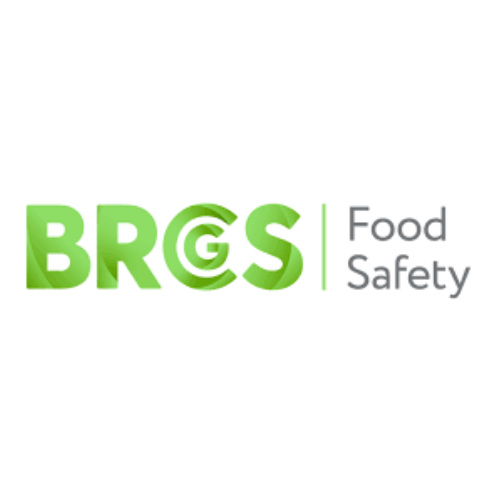
The BRCGS certification is important for several reasons.
Firstly, it enhances Xifa’s credibility and reputation as a reliable manufacturer of polypropylene bags, instilling confidence in customers and stakeholders.
Secondly, it assures compliance with stringent food safety regulations, mitigating risks associated with contamination and ensuring the safety of packaged food products.
Lastly, the certification opens doors to new market opportunities by meeting the requirements of global retailers and manufacturers who prioritize suppliers with BRCGS certification.
Thus, fostering growth and competitiveness for Xifa in the industry.



